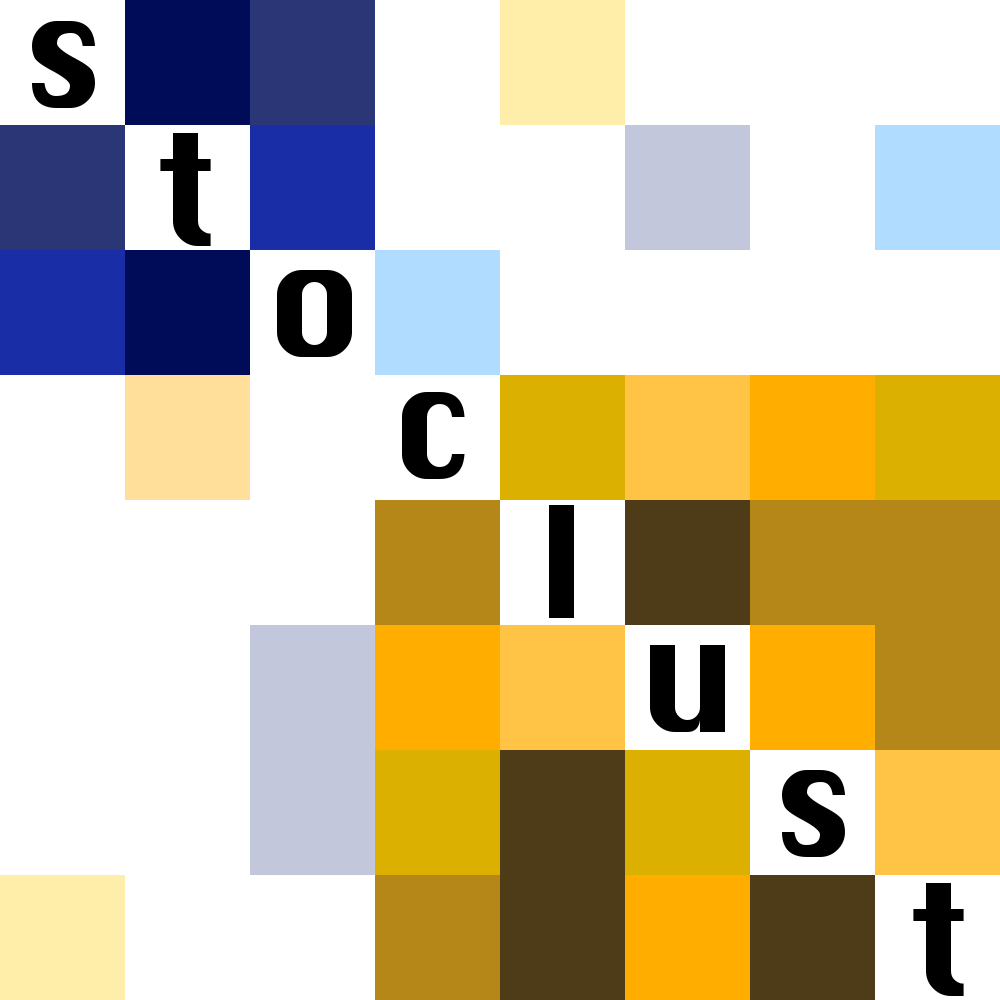stoclust

Clustering algorithms using stochastic analysis and ensemble techniques.
clustering
↳ stoclustContains functions providing basic clustering techniques motivated by stochastic analysis.
Functions
-
fushing_mcassey
fushing_mcassey(st_mat, max_visits=5, time_quantile_cutoff=0.95, index=None)
Given a stochastic matrix describing the strength of the relationship between pairs of items, determines an aggregation of the items using the regulated random walk approach of Fushing and McAssey. -
hier_from_blocks
hier_from_blocks(block_mats, scales=None, index=None)
Given a parameterized ensemble of block matrices, each more coarse-grained than the last, constructs a corresponding Hierarchy object. -
meyer_wessell
meyer_wessell(st_mat, min_times_same = 5, vector_clustering = None, index = None)
Given a square column-stochastic matrix describing the strength of the relationship between pairs of items, determines an aggregation of the items using the dynamical approach of Meyer and Wessell.. -
shi_malik
shi_malik(st_mat, eig_thresh=0.95, tol=0, index=None)
Given a square column-stochastic matrix describing the strength of the relationship between pairs of items, determines an aggregation of the items using the spectral approach of Shi and Malik. -
split_by_gaps
split_by_gaps(vec, num_gaps = 1, index = None)
Aggregates the indices of a vector based on gaps between index values. The number of gaps is specified, and the largest gaps in the sorted array are used to cluster values. -
split_by_quantiles
split_by_quantiles(vec, quantiles=0.95, index = None)
Cuts the vector at specific quantiles rather than rigid values. Assumes right-continuity of the cumulative distribution function. -
split_by_vals
split_by_vals(vec, cuts=0, index = None, tol=0)
Aggregates the indices of a vector based on specified values at which to cut the sorted array. Assumes the right-continuity of the cumulative distribution function.